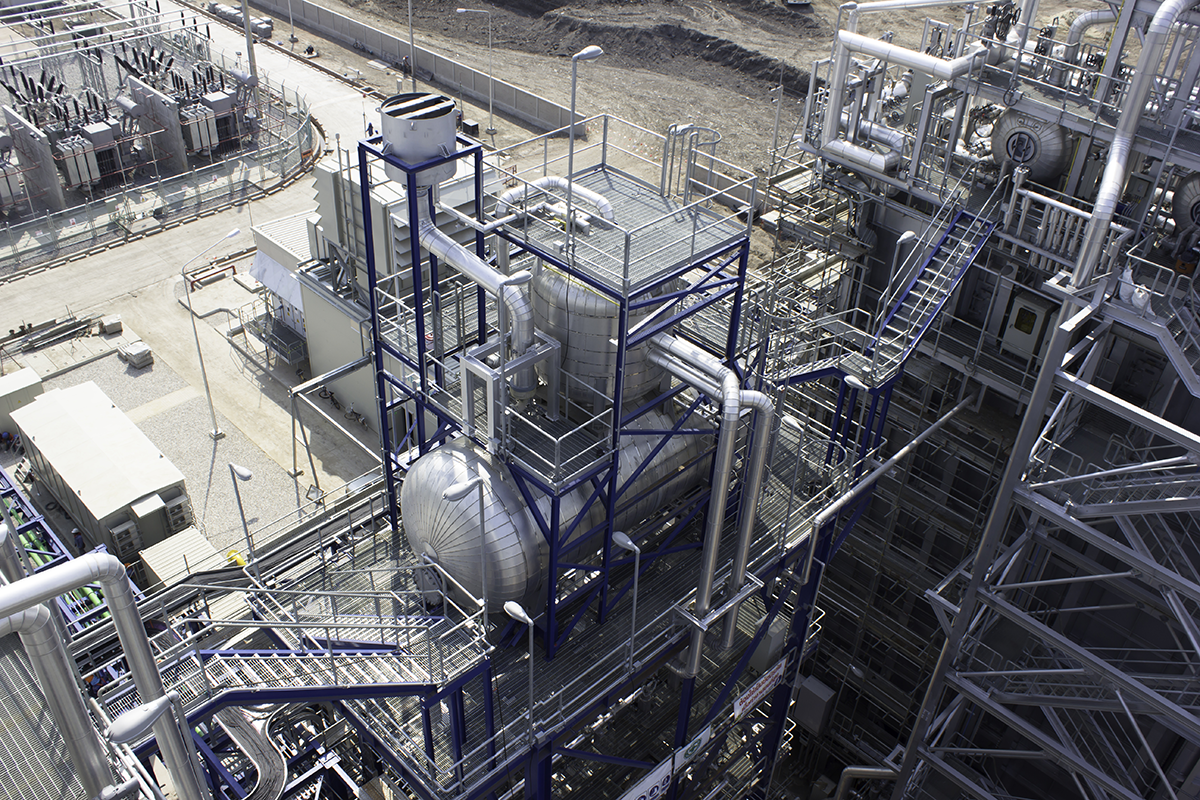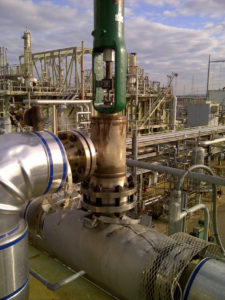Direct Steam Injection Heating: Power Plants & Industrial Boiler Optimization
Boiler Feedwater Heater
Direct Steam Injection heating for pre-heating the boiler feedwater can improve the thermodynamic efficiency of an Industrial Steam Boiler system. Pre-heating boiler feedwater can reduce plant operating costs and also helps to avoid thermal shock to the boiler metal. With the installation of the ProSonix J Series Direct Steam Injection Heater system you can elude scale build-up and the related costs of cleaning and replacing components damaged by the build-up. Our heater’s self-cleaning design and precise temperature control will keep your boiler feedwater heater working efficiently with a more reliable heating process. Click here to learn moreDeaerator Water Heating
Raising the temps on returning boiler feedwater will allow for the oxygen to be more efficiently released in the deaerator than at lower temps. Deaerators need to meet a sufficient temperature to be capable of removing all the non-condensable gasses from the water before it enters the boiler. If the gasses are not sufficiently removed, they can cause pitting and corrosion in the boiler. With the PSX Direct Steam Injection Heater system, your boiler deaerator will be able to easily reach the needed temperatures to remove all unwanted gasses.Reverse Osmosis
Proper temperature control and the ability to handle high amounts of superheated steam make the I-Series Direct Steam Injection heater a good selection for R/O water heating. For example the amount of treated water produced can decrease by about 1-2% for every 1 degree below the recommended optimum temperature.Resin Bed Regeneration
Power plants, Steel Mills, and Pulp & Paper plants will use cation and anion resin bed exchangers to treat boiler feed water. Regeneration of the anion beds are critical to maintain optimal production levels and protect the resin. Back flushing with hot caustic water solution is used to regenerate the anion resin. Temperature control of the hot water caustic solution is very important to maintain resin integrity.Lime Slaker Heating
A number of industries use hydrated lime addition for their processes. Hydrated lime (or calcium hydroxide, or slaked lime) is usually a dry powder resulting from the controlled slaking of quicklime with water. The exothermic or released heat of the reaction is captured and used to evaporate the excess slaking water. High calcium quicklime readily reacts with water to form hydrated lime. Direct Steam Injection Heater solution improves performance with precise temperature control. This ability will allow for a more uniform reaction, and in turn will reduce the lime costs by reducing the chemical usage and possibly the reaction time as well. Click here to learn moreFlue Gas Desulphurization
The addition of hot water to a lime slaker can help improve and reduce the reaction time thus saving costs by reducing the amount of lime used. The installation of a PSX Direct Steam Injection Heating System improves performance as well as reduces scale build-up with a self-cleaning design. It also has high turn down and fast response for seasonal changes in water temps. Click here to learn moreVent & Waste Steam Recovery
The PSX J-Series Jet Sparger can help recover flash and vent steam that is typically released, and then it can be injected back into the process for energy savings. The installation of our Steam Injection Heating systems can be in single or multiple unit configurations. Multiple units allow for large volume heating and an open single unit for trim heating. Click here to learn moreMixing of condensate that is being recovered can be mixed into an existing hot water stream or a hot water tank for heat recovery. High pressure condensate can also be mixed into to eliminate the need for a high-pressure flash tank which will recover more heat energy (btu’s) which can be lost in the flash process.


